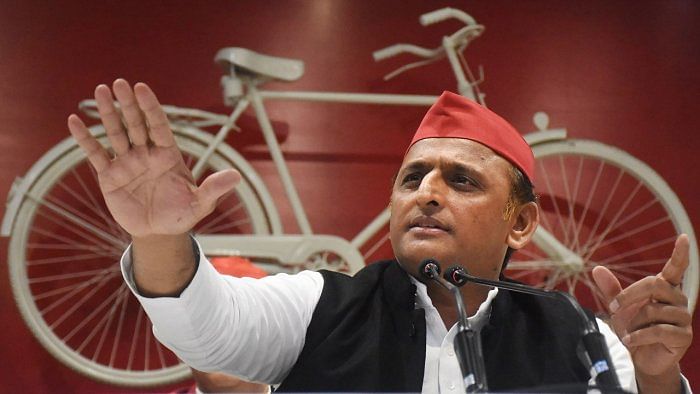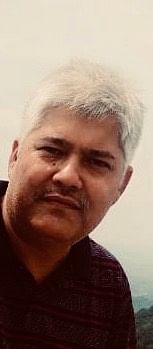
When BJP leader Swami Prasad Maurya, who like late Ram Vilas Paswan is considered a "Mausam Vaigyanik" of politics, resigned from the Yogi cabinet in UP to join Samajwadi Party and flagged his discomfort with "adversarial ideology" and "complete apathetic approach towards Dalits, OBCs and others", he played a script which could help Akhilesh Yadav give an edge to his MY (Muslim Yadav) plus outreach, which once Mulayam Singh Yadav represented in the state politics.
In the Eastern UP, where Prime Minister Narendra Modi's constituency Varanasi is situated, the BJP had won 115 of the 156 seats while it had won 109 of the 136 Assembly seats in the 2017 Assembly polls. In Western UP, Samajwadi Party had allied with the Jaat party Rashtriya Lok Dal and is looking to reap the harvest of farmers' anger -- that had resonated in Western UP and was backed by RLD.
Besides, Imran Masood, a prominent young Muslim leader from Saharanpur in Western UP, who had grown close to Rahul Gandhi and Priyanka Gandhi Vadra, also quit Congress on Monday and announced to support SP. Masood is the nephew of former MP Rasheed Masood. Hence SP seems to have fortified its position in Western UP, where the polarisation politics since 2013 had seen BJP grow in the region by leaps and bounds.
From Eastern UP, a prominent OBC leader Om Prakash Rajbhar, an erstwhile NDA ally and a minister in the Yogi government was sacked in 2019 after being at loggerheads with the Chief Minister for more than two years.
Now with Maurya quitting with five of his supporting MLAs from the Yogi government, two prominent non-Yadav OBC leaders representing Kushwaha and Rajbhar communities are out of BJP, posing a challenge before the BJP's Extremely Backward castes outreach.
Of OBCs, which are roughly 44% of UP’s electorate, Yadavs are most dominant numerically followed by Kushwahas (Koeris) while Mayawati's community Jatav is dominant among 21% Dalits. Swami Prasad Maurya, the then BSP national secretary was inducted into BJP in 2016 while another Maurya leader Keshav Prasad Maurya was made BJP state chief. Keshav Maurya later became Deputy CM. Mauryas are also called Kachhis, Kushwahas, Sainis and Shakyas,
Yadavs, the core of the SP’s base, are numerically and socially dominant among OBCs. However, the 200-odd non-Yadav OBCs make up more than double the Yadav population. They include Kurmis (Bihar Chief Minister Nitish Kumar’s community), Koeris, Lodhs, Jats, Sunars, etc. Among the Dalits, Pasis and Valmikis are the large non-Jatav communities. BJP has inducted Anupriya Patel (a Kurmi leader) in the Modi cabinet while SP has allied with her mother in law Krishna Patel in Eastern UP. Recently Rajbhar floated a trial balloon saying Anupriya Patel was also in touch with SP.
With back to back inductions of leaders from different parties, SP has taken a leaf from BJP's rule book and managed to give an impression of a resurgent party in UP ahead of polls. Tapping the perception of anger among the Brahmin community against the Yogi government, SP has inducted a number of Brahmin leaders in its fold from different parties -- BJP MLA from Khalilabad seat in Sant Kabir Nagar, Digvijay Narain Chaubey, BSP MLA Vinay Shankar Tiwari and his brother Kushal Tiwari (both sons of known Bahubali Brahmin leader from Gorakhpur Harishankar Tiwari, a known detractor of Yogi Adityanath. This was after the SP inducted six suspended BSP MLAs in October last year.
Deccan Herald is on WhatsApp Channels| Join now for Breaking News & Editor's Picks
